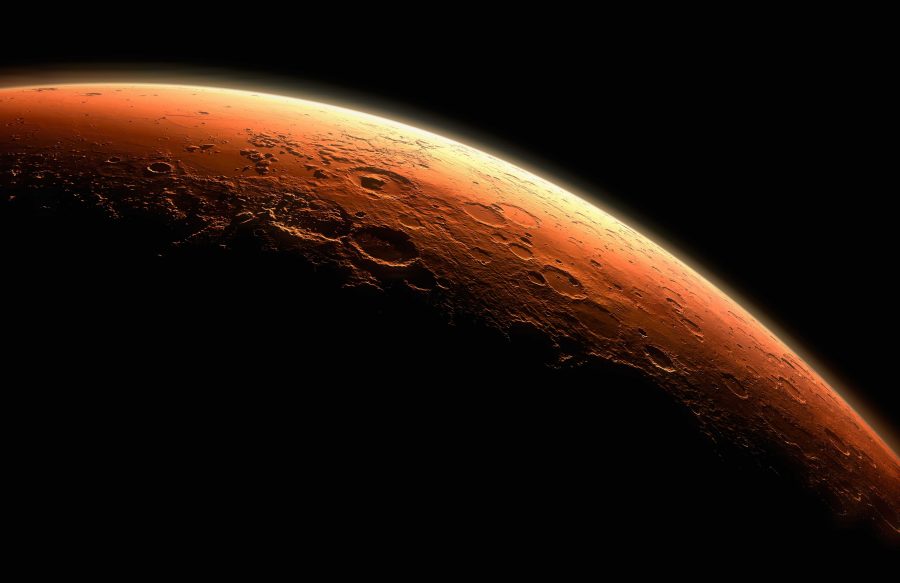It’s been a good year for Mars. For one, Matt Damon is starring in the highly anticipated film “The Martian.” Based on the bestselling novel by Andy Weir, “The Martian” follows an astronaut trying to survive after being stranded on the red planet—it’s an incredible and thrilling fantasy, but back in the real world, a more important development occurred this week. We now know that liquid water exists on the surface of the planet.
Scientists have determined that dark streaks on the Martian surface are wet spots containing water. Sure, they have known for years that there was water on Mars, but yesterday, NASA announced that there still is some salty, liquid water there. Why is this a big deal? The short answer: aliens.
Okay, it may not be the space-travelling, laser-gun-wielding aliens we were hoping for, but the existence of liquid water makes microscopic life on the planet a very real possibility.
For life to exist anywhere, scientists think you really only need three things. The first is carbon, and Mars has an atmosphere that is made up of more than 90 percent CO2, so that hasn’t really been a problem. The second is energy, and given the abundance of sunlight, that isn’t a problem either. The only other thing you need is some good, old-fashioned liquid H2O. Now that we know all three are present, it’s even money that somewhere on the planet Mars, there is life.
This is a big deal. A really, really big deal. I’ll admit that there is a good a chance that we never find life in anywhere in our solar system, let alone Mars. Even if we do, the microbial life that we would expect to see isn’t exactly the most interesting thing to look at. Despite all of this, the discovery of water on Mars is the most significant step to date in answering the age-old question: are we alone?
Humans have dedicated millions of hours and hundreds of billions of dollars trying to answer this question. While it’s likely we may not have a definitive answer in our lifetime, these trace amounts of briny water give us the best chance we’ve had yet.
At face value, the discovery of wet dirt pales in comparison to Matt Damon struggling for survival on the silver screen. But in the long term, this week’s discovery could become very exciting.














Anonymous • Sep 29, 2015 at 9:46 pm
They didn’t collect soil samples, they analyzed the recurring slope lineae using spectroscopy. Going anywhere near theses samples would not be a good idea. To quote Rich Zurek, Chief Scientist, NASA Mars Program Office; Project Scientist, Mars Reconnaissance Orbiter, “These features are on steep slopes, so our present rovers would not be able to climb up to them. Because liquid water appears to be present, these regions are considered special regions where we have to take extra precautions to prevent contamination by earth life. Our current rovers have not been sterilized to the degree needed to go to an area where liquid water may be present.”